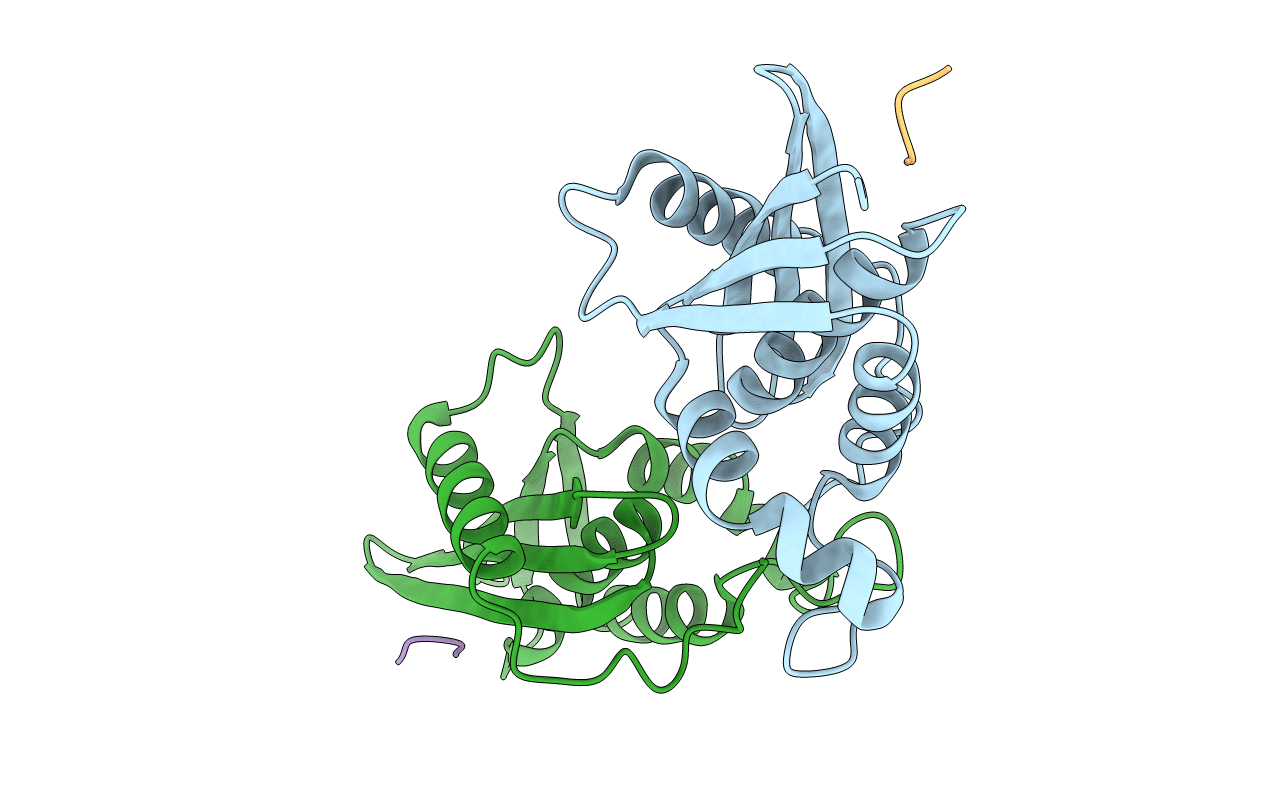
Deposition Date
2015-03-26
Release Date
2015-04-29
Last Version Date
2024-03-06
Entry Detail
Biological Source:
Source Organism:
Escherichia coli O139:H28 (Taxon ID: 331111)
Escherichia coli (Taxon ID: 562)
Escherichia coli (Taxon ID: 562)
Host Organism:
Method Details:
Experimental Method:
Resolution:
2.00 Å
R-Value Free:
0.24
R-Value Work:
0.21
R-Value Observed:
0.21
Space Group:
P 2 2 21


